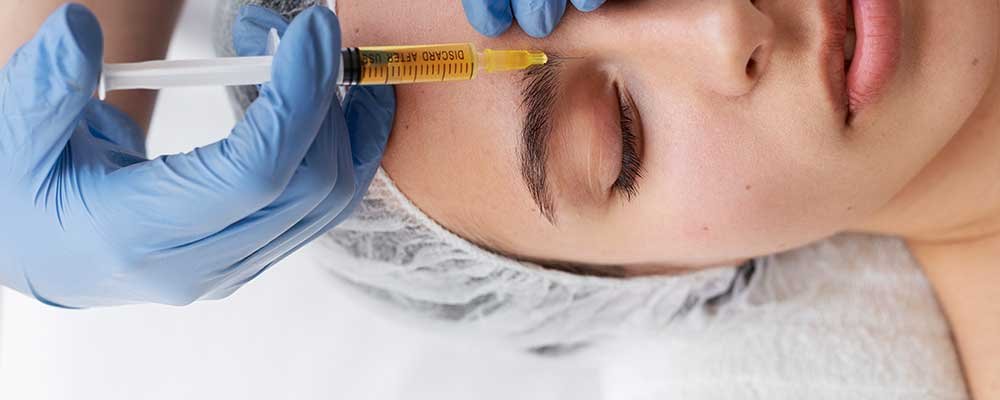

Platelet-Rich Plasma (PRP) Therapy and Chemical Peeling Department at Co-Operative Hospital Kattappana are specializes in providing advanced cosmetic and dermatological treatments aimed at rejuvenating and enhancing the skin's appearance using PRP therapy and chemical peeling techniques.
Expertise and Services:
Platelet-Rich Plasma (PRP) Therapy: PRP therapy, also known as "vampire facial" or "vampire facelift," is a cosmetic procedure that utilizes the patient's own blood-derived growth factors to stimulate collagen production, improve skin texture and tone, and promote tissue regeneration. Our skilled team of dermatologists and cosmetic specialists offers PRP therapy for various indications, including:
Chemical Peeling: Chemical peeling is a dermatological procedure that involves the application of chemical solutions to the skin to exfoliate dead skin cells, stimulate cell turnover, and reveal smoother, brighter skin underneath. Our department offers a variety of chemical peels tailored to individual skin types and concerns, including:
Procedure Overview:
Consultation and Skin Assessment: Patients undergo a comprehensive consultation with one of our dermatologists or cosmetic specialists to discuss their skincare concerns, goals, and expectations. A thorough skin assessment is conducted to determine the most suitable PRP therapy or chemical peeling regimen.
Treatment Planning: Based on the patient's individual needs and skin type, a personalized treatment plan is developed, outlining the recommended number of PRP therapy sessions or chemical peeling sessions, as well as any pre-treatment preparations or post-treatment care instructions.
Procedure Execution: PRP therapy involves the collection of a small amount of the patient's blood, which is processed to isolate the platelet-rich plasma containing growth factors. The PRP is then injected or applied topically to the treatment area. Chemical peeling sessions entail the application of the selected chemical peel solution to the skin, followed by a controlled exfoliation process and subsequent skin regeneration.
Post-treatment Care: Patients receive post-treatment care instructions, including skincare recommendations, sun protection measures, and any necessary follow-up appointments for assessment of treatment outcomes and maintenance sessions.
Benefits of PRP Therapy and Chemical Peeling: